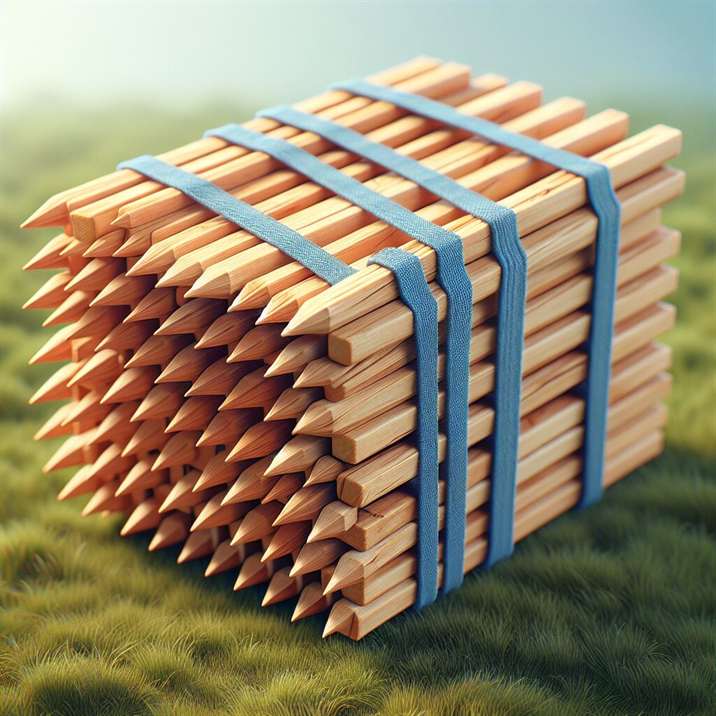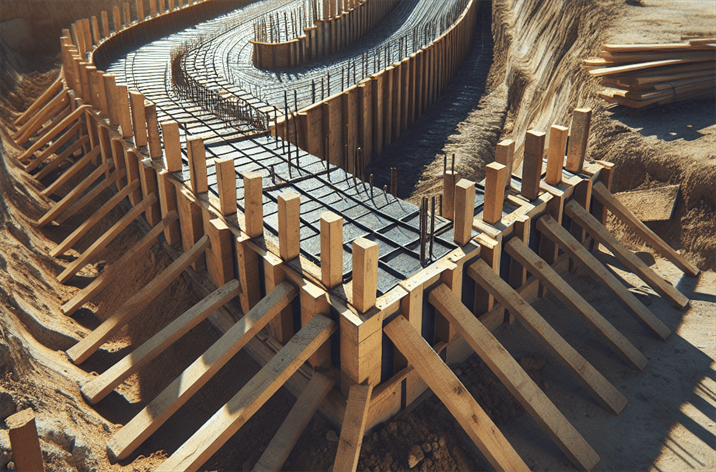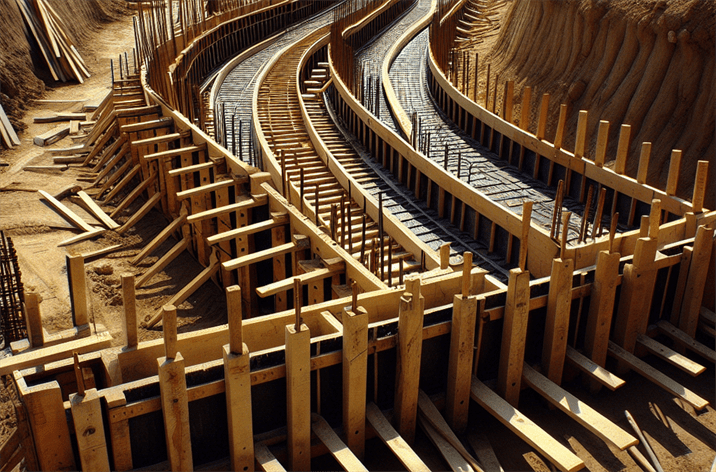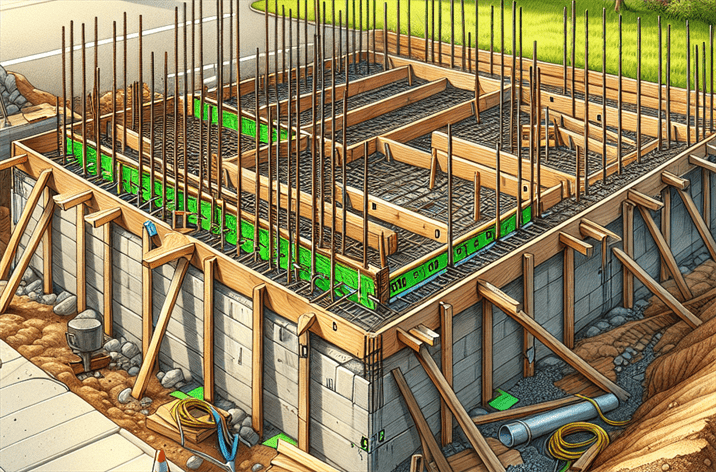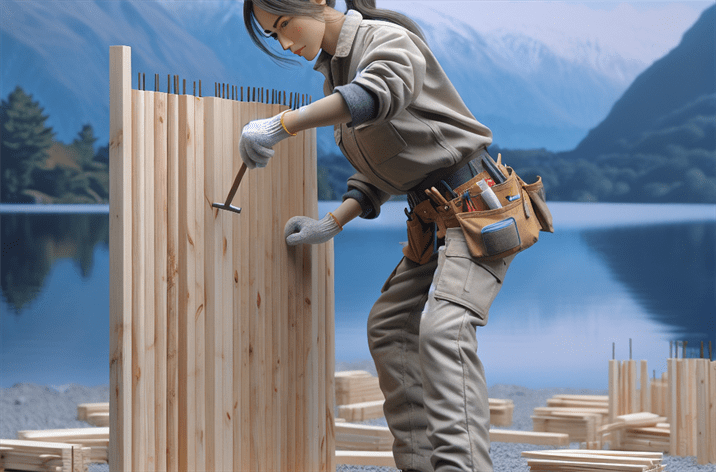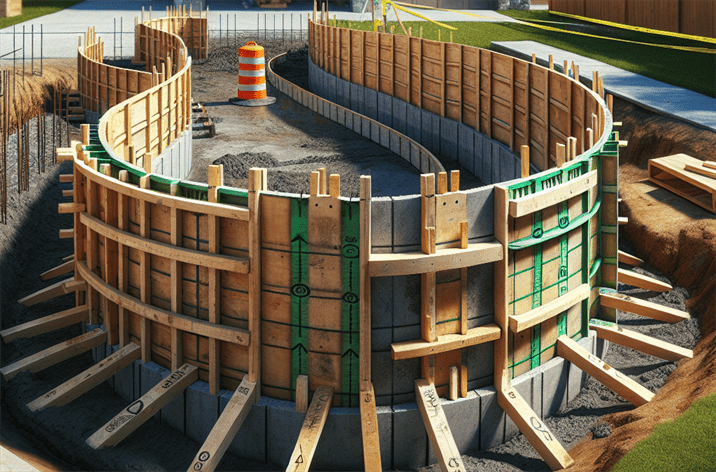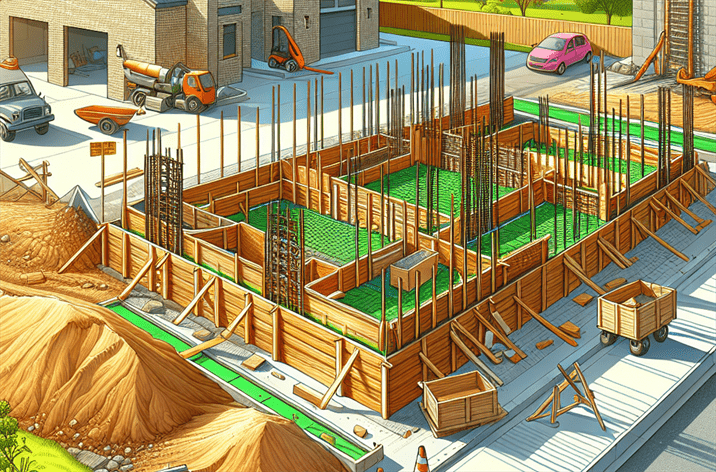Best Practices for Using Stakes and Lath in Construction
Introduction
Did you know that using stakes and lath in construction plays a pivotal role in ensuring the success of any project? These unassuming materials are essential for accurately marking boundaries, establishing layouts, and guiding the entire construction process. As construction methods continue to evolve with new technologies and materials, understanding how to effectively utilize stakes and lath has become even more crucial.
In today’s fast-paced construction industry, precision and efficiency are more important than ever. Whether you’re a seasoned contractor or a DIY enthusiast, knowing how to properly use stakes and lath can mean the difference between a successful project and costly mistakes. This article will explore the significance of these tools, outline best practices, and provide real-world examples to demonstrate their effectiveness.
By the end of this article, you will gain valuable insights into the best practices for using stakes and lath, helping you improve accuracy, save time, and achieve superior results in your construction projects.
What is Best Practices for Using Stakes and Lath in Construction?
Definition
Stakes and lath are fundamental tools used in construction for establishing boundaries and guiding layouts. Stakes, typically made from durable materials like wood or metal, are driven into the ground to mark locations or dimensions. Lath, on the other hand, consists of thin strips of wood often used in conjunction with stakes to create frameworks or outlines for structures. Together, they facilitate precise measurements and ensure that construction projects adhere to designed specifications.
Historical Context
The use of stakes and lath in construction is not a modern innovation. Historically, these tools date back centuries, serving as essential components in building practices across various cultures. From ancient civilizations that relied on rudimentary stakes for land demarcation to contemporary construction sites that utilize advanced materials, the evolution of stakes and lath reflects changes in technology and construction methodologies.
In the past, wooden stakes were the primary choice, but today’s construction sites might employ a variety of materials, including eco-friendly options, to meet the demands of sustainability. This historical evolution highlights the enduring importance of these tools in establishing reliable and accurate construction processes.
The Importance of Best Practices for Using Stakes and Lath in Construction
Implementing best practices for using stakes and lath is crucial for achieving successful outcomes in construction projects. Here’s why:
- Accuracy: Proper use of stakes and lath ensures precise measurements and alignment, which are foundational for any construction project.
- Efficiency: When used correctly, these tools can streamline the workflow, saving time and reducing the likelihood of costly mistakes.
- Safety: Clear boundaries marked by stakes help delineate work areas, minimizing the risk of accidents on site.
- Quality Assurance: Adhering to best practices contributes to the overall quality of the construction, leading to durable and reliable structures.
Best Practices for Using Stakes and Lath in the Context of Residential Construction
In residential construction, stakes and lath are invaluable for defining property lines, marking the foundations of homes, and laying out landscaping features. Utilizing best practices tailored to this specific sector can enhance the efficiency and accuracy of building processes.
Key Players or Contributors
Several companies have pioneered innovations in the production of high-quality stakes and lath, influencing their use across various construction applications. Understanding these contributions can provide insights into the best materials and methods for your projects.
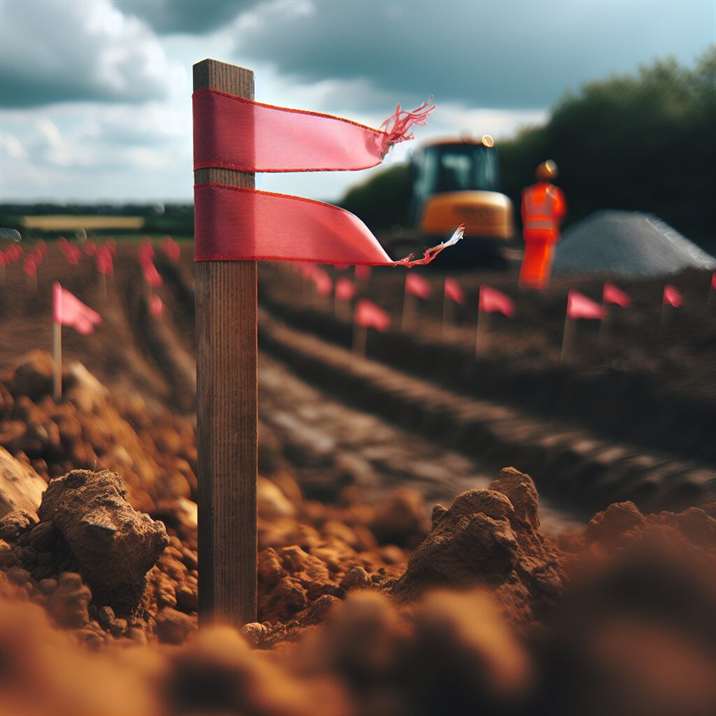
How Does Best Practices for Using Stakes and Lath in Construction Work?
The Mechanics of Best Practices for Using Stakes and Lath in Construction
Implementing best practices for using stakes and lath involves a series of systematic steps that enhance accuracy and efficiency. Here’s how to effectively utilize these tools:
- Planning and Preparation:
- Define the project scope and layout.
- Gather necessary materials, including stakes, lath, and measuring tools.
- Site Assessment:
- Assess the terrain and identify any obstacles that may affect the layout.
- Determine the points where stakes will be placed, ensuring they align with the construction plan.
- Stake Placement:
- Drive stakes securely into the ground at designated points, ensuring they are straight and stable.
- Use a level to confirm that stakes are vertical, which is crucial for accuracy.
- Lath Installation:
- Attach lath horizontally between stakes to create a framework.
- Ensure the lath is taut and properly aligned to maintain measurement integrity.
- Measurement Verification:
- Double-check measurements and alignments using a measuring tape or laser level.
- Adjust stakes and lath as necessary to ensure accuracy.
- Final Checks:
- Conduct a thorough inspection of the layout before proceeding with construction.
- Make any necessary adjustments to ensure everything is in line with project specifications.
By following these steps, construction professionals can leverage the full potential of stakes and lath, leading to successful project execution.
Technological Foundations of Best Practices for Using Stakes and Lath in Construction
Technology plays an increasingly significant role in modern construction practices. Tools such as laser levels, GPS, and drones can enhance the accuracy of stake and lath usage. For instance, laser levels provide precise measurements, ensuring that stakes are placed accurately, while GPS technology can assist in marking boundary lines over large areas with great precision.
Real-World Applications of Best Practices for Using Stakes and Lath in Construction
Numerous successful construction projects have demonstrated the effectiveness of best practices in using stakes and lath. From large commercial developments to small residential builds, these tools have proven essential for maintaining accuracy and efficiency.
Case Studies/Examples of Best Practices for Using Stakes and Lath in Construction in Action
- Residential Development Project:
- In a recent housing project, builders employed stakes and lath to outline foundation layouts. By following proper placement techniques, they achieved a 100% accuracy rate in measurements, resulting in a smooth construction process and timely completion.
- Commercial Construction:
- A commercial building project utilized advanced lath materials to create complex architectural designs. The integration of technology, such as laser levels, ensured that the lath was installed accurately, allowing for intricate design elements without compromising structural integrity.
Benefits and Drawbacks of Best Practices for Using Stakes and Lath in Construction
Benefits
- Increased Precision: Accurate measurements reduce the risk of rework.
- Enhanced Communication: Clearly marked areas improve team coordination on-site.
- Cost-Effective: Proper planning and execution can save money by minimizing errors.
Drawbacks
- Time-Consuming: Initial setup may require additional time, particularly for complex projects.
- Environmental Factors: Weather conditions can affect the stability of stakes, requiring adjustments.
Conclusion
In conclusion, understanding and applying best practices for using stakes and lath in construction can significantly enhance project outcomes. These tools, although simple in nature, are vital for achieving accuracy, efficiency, and safety on construction sites. By following the outlined steps, leveraging technology, and learning from real-world applications, construction professionals can optimize their workflow and ensure successful project execution.
For those looking to adopt best practices in their construction endeavors, exploring Budget-Friendly Construction Wood Stakes can provide insights into quality materials that enhance project outcomes. As the construction industry continues to evolve, staying informed about the best practices for using stakes and lath will remain crucial for success.
By embracing these best practices, you will not only improve your construction techniques but also contribute to a more efficient and effective construction process. Happy building!
Resource Links:
1. Family Handyman – A guide on how to use stakes and lath for effective landscaping design.
2. Gardening Know How – An overview of using stakes and lath in gardening for supporting plants and marking layouts.
3. Houzz – Tips and tricks for utilizing stakes and lath in various garden projects effectively.

